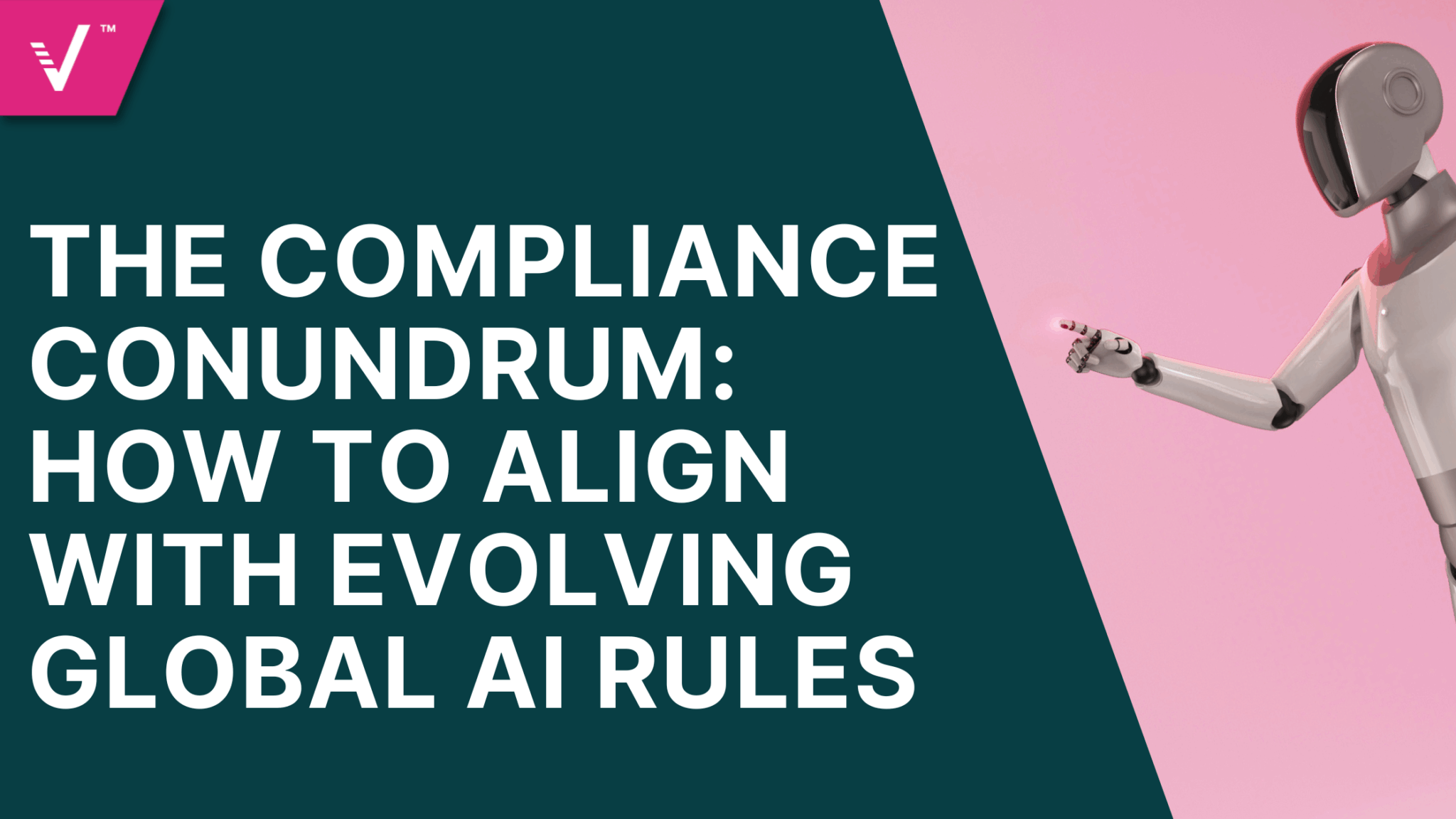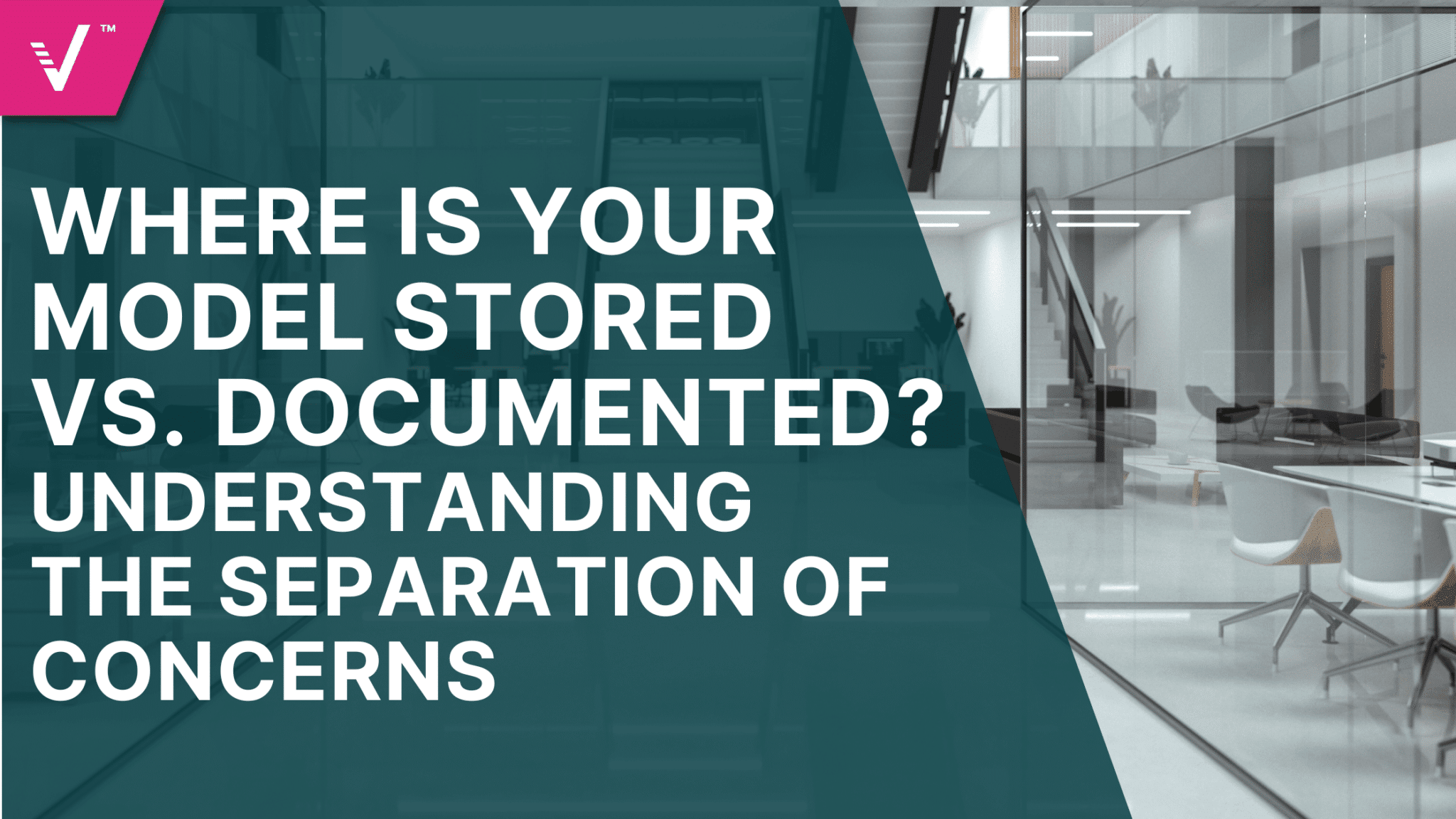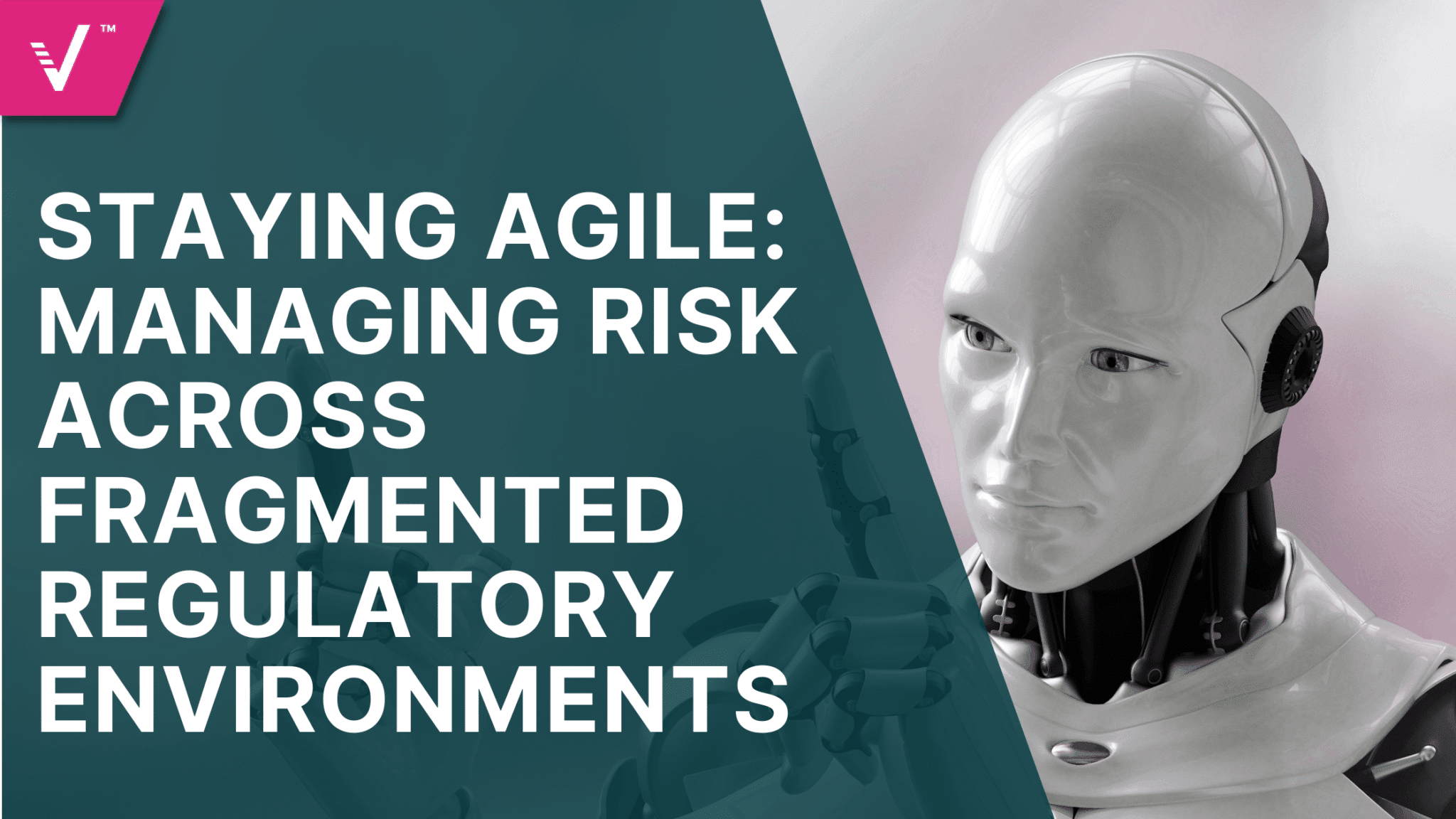The Compliance Conundrum: How to Align with Evolving Global AI Rules

Artificial intelligence has ascended from being stuck in the confines of development to shaping decisions in healthcare, finance, hiring, and even national security. As AI compliance continues to evolve, a demand for accountability comes with it as regulators, businesses, and the public push for stronger guardrails.
The question is whether organizations can continue innovating while navigating rules that are complex, inconsistent, and still evolving. This is the compliance conundrum: balancing the promise of AI with the responsibility to align with global expectations.
Why Compliance is Harder with AI
What began as scattered discussions around AI governance has now turned into formal regulation, led most prominently by the European Union’s AI Act, the first comprehensive attempt to classify AI systems by risk and impose strict obligations on high-risk use cases. In contrast, the United States is moving more cautiously, with a mix of federal initiatives, such as the NIST AI Risk Management Framework, and varied state-level proposals. For businesses, this means tracking new rules and meeting expectations across jurisdictions.
The Technical Challenge of AI Compliance
Beyond the regulatory patchwork, the nature of AI itself complicates compliance. Unlike traditional technologies, AI models are dynamic as they learn, adapt, and shift behavior after deployment, making it nearly impossible to “lock in” compliance at a single point in time. This means that a model considered compliant today could be judged noncompliant tomorrow if its outputs begin to drift or new rules take effect.
The more advanced models tend to have limited explainability, making it difficult to prove fairness or accountability to regulators. Compliance extends beyond legal obligations, encompassing bias mitigation, data governance, and privacy safeguards, all of which demand continuous oversight and monitoring. This forces organizations to rethink how compliance is built into the design process itself. For many institutions, implementing it requires shifting mindsets so that regulatory considerations are treated as design principles.
For smaller organizations, the burden is significant as they face the same regulatory expectations as large enterprises but often lack the dedicated resources needed to keep pace. This results in a balancing act between innovation and regulation that requires strategy, transparency, and adaptability.
Take a deeper dive into another regulation: Navigating E-23: Key Trends for Canadian Banks
Building a Compliance-Ready AI Strategy
For organizations that fall behind, the costs can be severe. Failing to comply with emerging AI regulations carries consequences, with legal risk being the most obvious, with penalties, restrictions on product use, or even outright bans on certain AI applications.
Operational risk is a close second as organizations may be forced to halt deployments, retrain models, or overhaul entire workflows at significant cost. The most damaging is trust risk. Customers and stakeholders quickly lose confidence in companies perceived as careless when it comes to fairness, transparency, or data protection.
For more on this, check out the recent post from ValidMind CEO Jonas Jacobi: Trust: The New AI Currency
To navigate today’s shifting rules, organizations must embed compliance into the very core of their AI development process. A practical strategy should include:
- Risk Mapping: Identify and categorize high-risk use cases, such as those impacting healthcare, employment, or individual rights, so that resources and oversight can be prioritized where the stakes are highest.
- Governance Frameworks: Adopt internationally recognized standards to establish accountability and consistency across the organization.
- Transparency & Documentation: Use tools like data lineage tracking and explainability reports to improve visibility into how models are trained, tested, and deployed.
- Cross-Functional Teams: Bring together legal, compliance, data science, and business leaders to ensure responsibility for AI governance is shared.
- Continuous Monitoring: Treat compliance as an ongoing effort, with regular audits, retraining, and updates to keep systems safe, fair, and aligned with evolving rules.
With these practices, compliance becomes a foundation for trustworthy and sustainable innovation.
Turning Compliance into a Competitive Advantage
Despite being seen as a constraint, forward-looking organizations treat compliance as a differentiator. Companies that embed responsible AI practices early can enter regulated markets with fewer barriers and gain faster customer adoption. Demonstrating transparency, fairness, and accountability reduces regulatory risk and builds trust with stakeholders, reframing compliance as an enabler rather than a barrier, and regulation is seen as a strategic opportunity for long-term growth.
AI regulation will become more complex as adoption continues, including stricter enforcement, transparency, and eventual global convergence as governments and international bodies work toward common standards. For businesses, the key is agility. Treating compliance as an ongoing practice can be done by building adaptable governance structures and investing in explainability. This way, organizations can stay ahead of evolving expectations and ensure AI remains both innovative and trustworthy in the years ahead.


